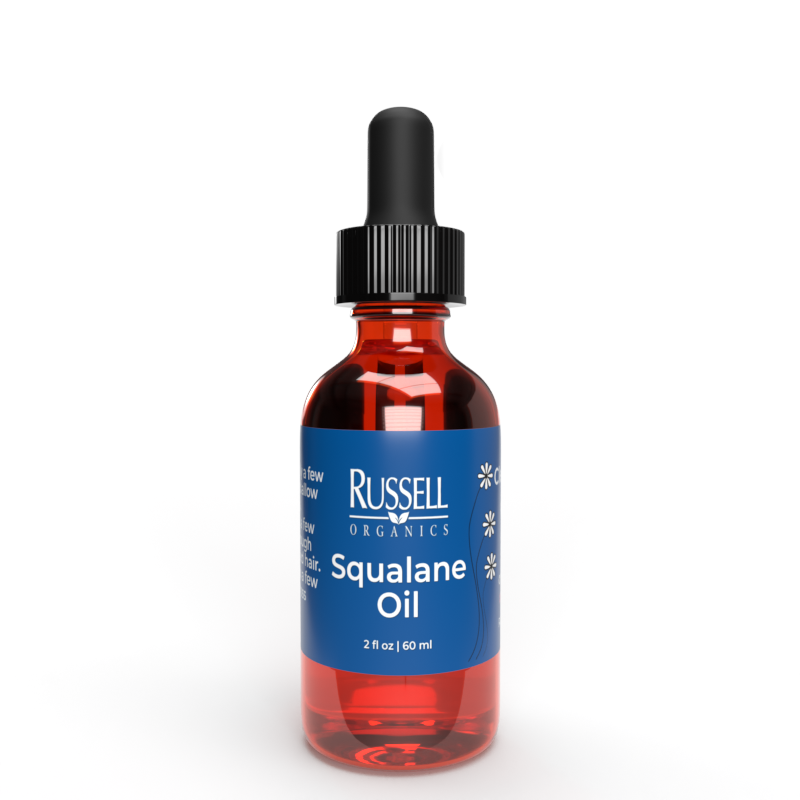The Ultimate Guide to Squalane Oil and Its Skincare Benefits
The Ultimate Guide to Squalane Oil and Its Skincare Benefits
Blog Article

Squalane oil has gained a prominent place in the skincare world, admired for its ability to nourish, protect, and rejuvenate the skin. Derived from squalene, a lipid innately found in human skin cells, squalane oil is a refined version of squalene, offering improved longevity. However, not all squalane oil is of the same quality. Its origin plays a significant role in determining its ethics and environmental impact.
Where Squalane Oil Comes From
Squalane oil can be obtained from a pair of major origins: animal-based and botanical-based materials. The choice between these sources is essential to consider for ethics and sustainability.
The Controversy of Animal-Based Squalane Oil
In the past, squalane oil was commonly derived from the livers of sharks. Sharks are a significant provider of squalene, which is converted into squalane oil. Sadly, this practice has major ethical consequences. Millions of sharks are harvested annually for their livers, leading to the depletion of shark populations and disrupting marine ecosystems. In addition, the practices used are inhumane and have been widely criticized.
Botanical-Based Squalane Oil
In contrast, botanical-based squalane oil is a sustainable and eco-friendly option. It is produced from plants, removing dependency on animal slaughter. This method ensures humane sourcing but also delivers a premium-grade product for skincare routines.
Plant-Based Squalane Oil: Olive vs. Sugarcane
Among botanical-based squalane oils, a pair of types stand out: olive-derived squalane oil and sugarcane-derived squalane oil. While both offer plant-based alternatives, their eco-friendliness is not the same.
The Benefits of Olive-Derived Squalane Oil
Olive-derived squalane oil is considered better for environmental purposes. Olives are a sustainable resource that generate fewer emissions. What’s more, olive squalane oil retains equally excellent hydrating and skin-rejuvenating properties as its sugarcane-derived counterpart.
Environmental Concerns with Sugarcane Squalane Oil
On the other hand, sugarcane-derived squalane oil is associated with notable environmental challenges. Sugarcane farming consumes excessive volumes of water and often produces waste. This makes it environmentally taxing than the olive alternative.
Why Squalane Oil is Good for Your Skin
Squalane oil offers numerous advantages for varied complexions. Here’s why it shines in skincare:
Skin-Quenching Properties: Squalane oil absorbs efficiently into the skin, delivering effective hydration without leaving a greasy residue.
Balancing for Oily Skin: Its lightweight texture ensures it’s a great choice for those with squalane oil in spanish combination skin.
Anti-Aging Properties: Rich in antioxidants, squalane oil minimizes the appearance of wrinkles and fine lines while shielding against free radicals.
Gentle Yet Effective: Its pure formulation reduces redness, making it ideal for delicate skin.
Final Thoughts
Whether you have dry, mature skin, squalane oil delivers remarkable benefits. By choosing botanical options, most notably olive-derived squalane oil, you support eco-consciousness but also ensure your beauty routine includes one of the best products available.
Report this page